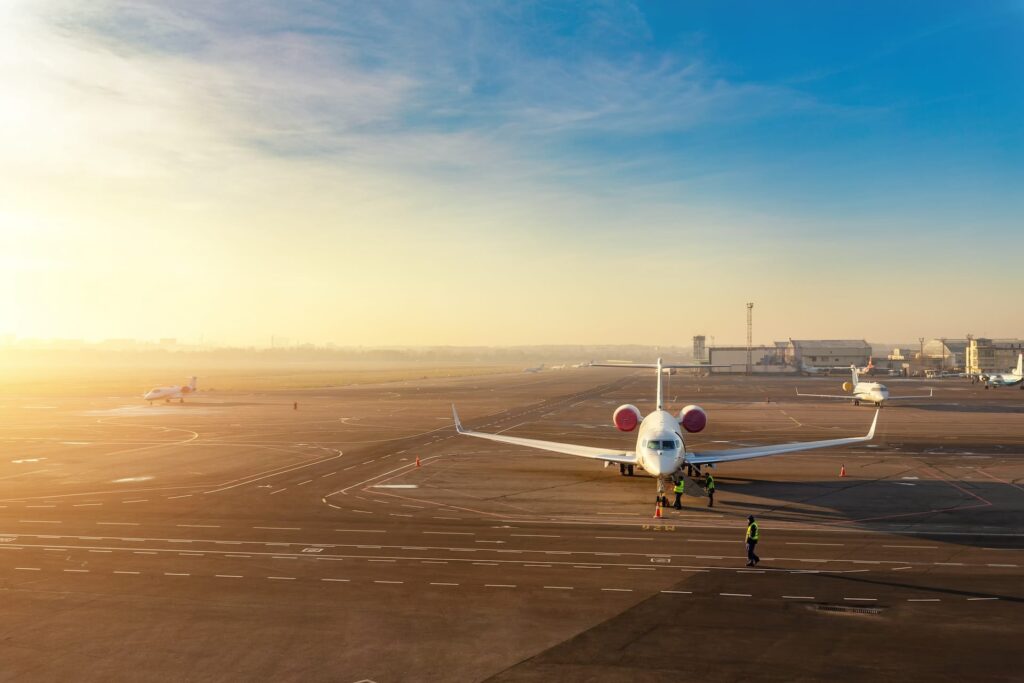
In aviation, private jets and commercial aircraft have similar operating costs. Both are subject to fuel, maintenance, crew salaries, insurance, and respective airport or hangar fees. The primary divergence lies in the costs and how they are distributed.
In commercial aviation, the burden of operating expenses is shared among the 150 or more passengers onboard, making it a more cost-efficient choice for the individual traveler. Each passenger’s ticket price contributes to covering the total operational costs, which include the large-scale operations of fueling, maintaining, and servicing the aircraft, compensating the crew, and ensuring the plane meets rigorous safety standards.
In contrast, the private aviation sector caters to a significantly smaller number of passengers, often just one or a handful. This exclusivity, coupled with the luxury, convenience, and privacy of private flying, is unparalleled. However, these benefits come at a premium due to the absence of cost-sharing mechanisms inherent in commercial flights, leading to a much higher per-person expense.
Ultimately, while the components of operating costs remain consistent across commercial and private aircraft—fuel, maintenance, crew salaries, insurance, and airport or hangar fees—the key distinction in the financial impact on passengers comes from the scale of operations and the distribution of costs. In commercial aviation, the expense is distributed among hundreds, making it more accessible to the average individual. In private aviation, the costs are borne by an individual or a select few, reflecting a trade-off between the exclusivity and convenience of private air travel and its associated costs. This trade-off is an important factor for individuals and corporations to consider when choosing their mode of air travel.






